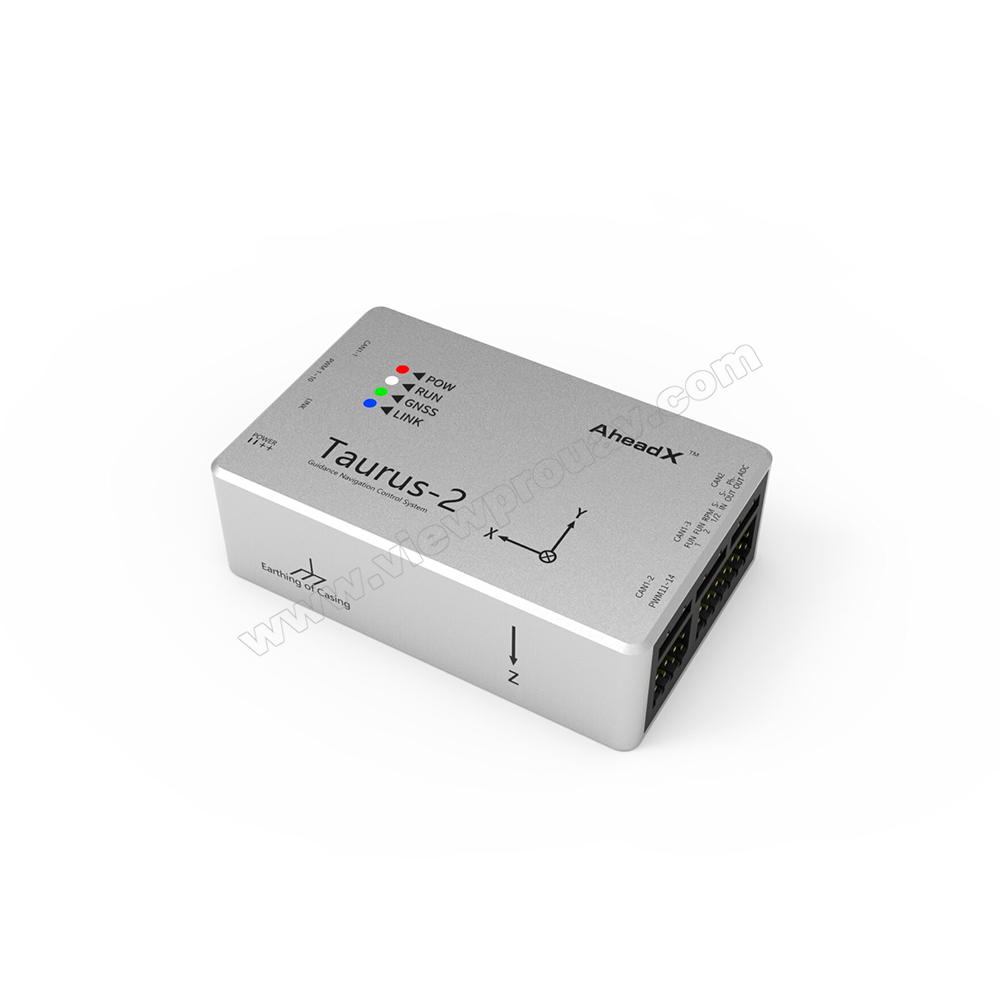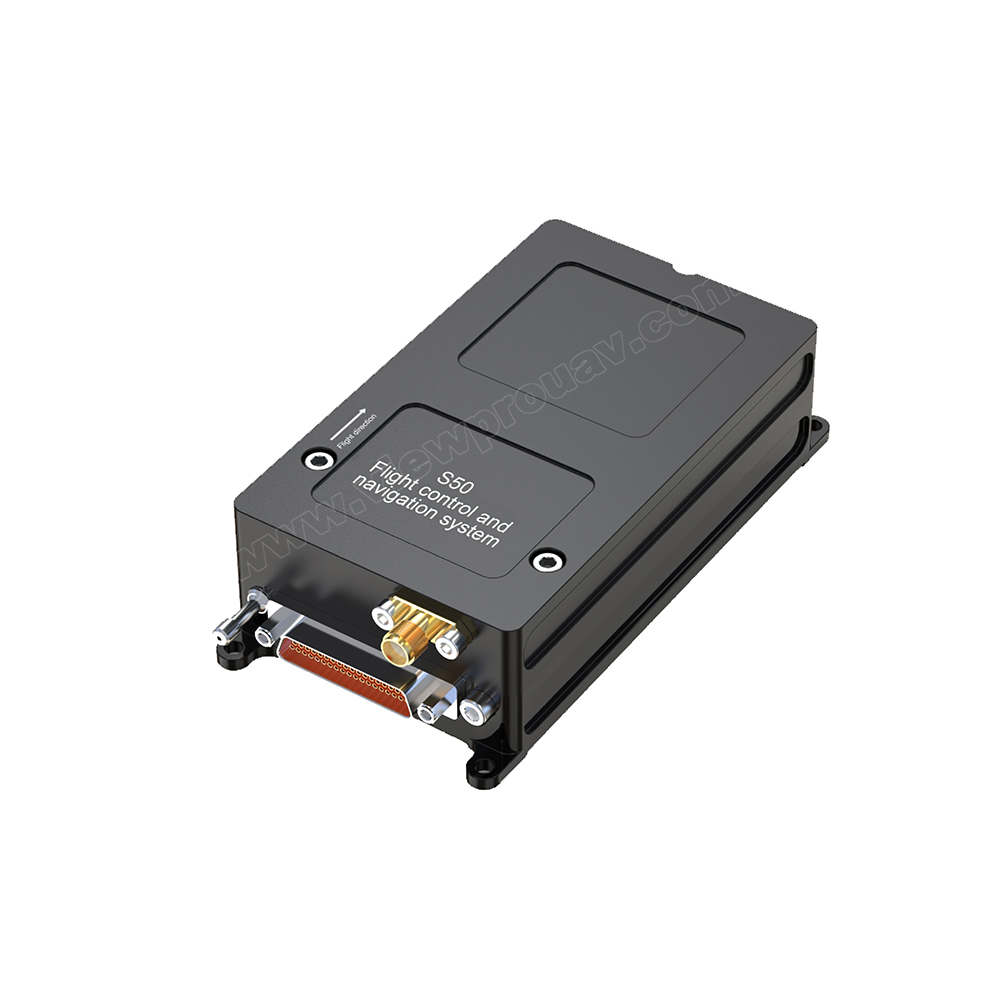SparkNavi Drone Flight Controller and GNSS/INS Made in Taiwan: Cutting-Edge Solutions for UAVs
SparkNavi Drone Flight Controller and GNSS/INS Made in Taiwan: Cutting-Edge Solutions for UAVs
Blog Article
Understanding the Essential Functions and Functions of a Drone Flight Controller for Ideal Airborne Performance
The trip controller serves as the essential part in a drone's style, coordinating its movements and ensuring stability through an advanced interplay of sensing units and information handling. Recognizing the crucial attributes and features of these controllers is essential for maximizing airborne efficiency, as they dictate not only navigational accuracy yet additionally general security and reliability. With improvements in innovation, the landscape of flight controllers is rapidly evolving, prompting a closer examination of what absolutely specifies ideal functionality in this crucial system. What implications do these advancements hold for both lovers and specialists in the area?
Introduction of Flight Controllers
When discovering the globe of drone modern technology, understanding trip controllers is vital for both hobbyists and specialists alike. Flight controllers act as the mind of the drone, orchestrating its activities and guaranteeing security during trip (SparkNavi drone flight controller and GNSS/INS made in taiwan). They refine data from different sensing units, including barometers, gyroscopes, and accelerometers, to maintain balance and react to pilot inputs efficiently
The style of trip controllers can vary considerably, varying from standard versions created for entry-level drones to sophisticated systems geared up with advanced functions for specialist applications. The integration of GPS abilities makes it possible for accurate navigating and positioning, while programmable firmware allows individuals to tailor trip characteristics to fit their certain demands.
In addition, trip controllers are pivotal in promoting interaction in between the drone and the remote, allowing real-time modifications and telemetry information transmission. Understanding the various kinds of flight controllers, including multi-rotor, fixed-wing, and hybrid systems, is critical for selecting the appropriate model for a given application. Ultimately, a comprehensive grasp of flight controllers not just enhances the flying experience however additionally maximizes the performance and safety of drone procedures.
Trick Features of Trip Controllers
Flight controllers play a critical role in handling a drone's trip dynamics by performing a number of essential functions that ensure security and responsiveness. Among the main functions is the stablizing of the drone's alignment and elevation. This is achieved with the combination of different sensors, consisting of measures, accelerometers, and gyroscopes, which continually keep track of the drone's placement and activity.
.jpg)
An additional vital feature is the processing of control inputs from the pilot or independent systems. The flight controller translates these inputs and readjusts the drone's electric motor rates appropriately to achieve the desired flight course. This consists of managing roll, yaw, and pitch, which are vital for maneuverability.
In addition, flight controllers are outfitted with sound mechanisms. These features are developed to react to vital circumstances, such as reduced battery levels or loss of signal, by launching predefined actions like returning to the launch point or hovering in position.

Vital Attributes to Take Into Consideration
Many essential features need to be taken into consideration when picking a drone flight controller to make sure optimal performance and integrity. One vital aspect is the controller's processing power, which identifies its capability to deal with intricate flight algorithms and real-time information processing. A higher original site handling capacity enhances responsiveness and stability throughout trip.
Another essential attribute is the variety of supported flight modes. A flexible trip controller need to offer various modes, including acro, elevation hold, and GPS-assisted settings, accommodating various pilot ability degrees and operational read situations. Furthermore, the visibility of integrated safety and security features, such as fail-safes and geofencing, can considerably enhance operational safety.
Compatibility with numerous interaction methods is additionally essential, as it ensures seamless integration with other gadgets and peripherals, such as remote controllers and telemetry systems. In addition, the controller's firmware should be easy to use and on a regular basis upgraded to include brand-new functions and optimizations.
Integration With Sensors and Systems
A trip controller's efficiency is heavily affected by its capacity to incorporate with different sensing units and systems. This combination is vital as it allows the flight controller to receive real-time data required for effective flight monitoring. Secret sensors consist of GPS, inertial dimension systems (IMUs), barometers, and magnetometers, each giving crucial info regarding the drone's setting, altitude, and alignment.

Additionally, progressed flight controllers sustain combination with haul systems, consisting of cameras and various other sensors, enabling enhanced functionalities such as self-governing navigation and challenge avoidance. This interconnectedness not just enhances the drone's functional capabilities but likewise broadens its application potential throughout various sectors, from aerial digital photography to agricultural tracking. Hence, a well-integrated flight controller is basic for achieving ideal airborne performance and making certain the dependability of drone procedures.
Tips for Optimizing Performance
To make best use of the efficiency of your drone, a number of key strategies can be used that emphasis on optimizing both software and hardware components. Initially, make sure that the flight controller firmware depends on date. Manufacturers regularly release updates that boost security, boost functionality, and deal with bugs. On a regular basis looking for these updates can considerably influence your drone's performance.
Next, calibrate your sensing units, including the accelerometer and gyroscope, to make certain accurate analyses. Proper calibration lessens drift and boosts flight security, especially throughout complex maneuvers. In addition, consider updating the equipment components, such as props and electric motors, to enhance drive and effectiveness. Top notch propellers can minimize drag and rise flight time.
Tweak your flight settings, consisting of PID (Proportional, Important, Derivative) worths, to attain smooth and receptive handling. By applying these methods, drone operators can significantly boost airborne efficiency, leading to a much more efficient and pleasurable flying experience.
Verdict
In verdict, an extensive understanding of drone flight controllers is necessary for boosting airborne performance. The assimilation of vital functions and important features, consisting of processing power and safety and security devices, straight affects the stability and maneuverability of drones. Effective communication with different sensors and systems plays a critical function in achieving exact navigation and operational performance. By prioritizing these elements, operators can dramatically boost the performance and integrity of their drone systems in varied applications.
Trip controllers serve as the brain of the drone, coordinating its motions and ensuring stability during trip.Trip controllers play a pivotal function in taking care of a drone's trip dynamics by performing numerous vital functions that make certain stability and responsiveness. The flight controller translates these inputs and readjusts the drone's electric motor rates accordingly to achieve the desired flight path.Various vital functions ought to be taken into account when picking a drone trip controller to ensure optimum efficiency and integrity. Thus, a well-integrated trip controller is essential for achieving optimum airborne efficiency and guaranteeing the reliability of drone operations.
Report this page